The crypto space isn’t slowing down it’s evolving at lightspeed. And right at the center of this evolution lies a silent yet powerful revolution: crypto trading platform development
Every innovation in blockchain, AI, and finance seems to converge here where milliseconds matter, trust defines loyalty, and the smartest algorithms decide who wins. In 2025, it’s no longer about building another trading app. It’s about designing an intelligent, adaptive exchange that can predict, protect, and perform all at once.
The Tech War Behind Crypto Trading Platform Development
Let’s face it — crypto exchanges have become the new battleground for fintech innovation. Binance, Coinbase, and Kraken may dominate headlines, but hundreds of emerging players are rewriting the rules behind the scenes.
They’re not just coding they’re engineering ecosystems that can process millions of trades per second, adapt to market volatility, and integrate Web3 utilities natively. Modern crypto trading platform development has become a tech war, where innovation is measured in:
-
Latency in microseconds
-
Security layers per transaction
-
AI learning cycles per trading pattern
The faster and smarter your platform reacts — the more likely you are to survive the market’s chaos.
From Manual Trading to Predictive Intelligence
Once upon a time, crypto traders relied on intuition and luck. Now? Platforms think before traders act. AI-driven engines are analyzing order books, social sentiment, and global economic data predicting movements before they happen. This shift is redefining crypto trading platform development from pure engineering to cognitive design.
Platforms are starting to:
-
Identify user risk patterns
-
Suggest trades based on historical data
-
Learn from collective market behavior
It’s almost poetic — algorithms are becoming your co-traders. And when AI integrates with machine learning price models, the results are astonishing:
Predictive alerts, automated stop-loss setups, and smart re-entry points all without human intervention.
Security That Evolves as Fast as Hackers
Every digital revolution attracts a darker side. For crypto exchanges, it’s cybercrime and it’s evolving just as fast. That’s why modern crypto trading platform development is embedding adaptive security systems.
Instead of static firewalls, these platforms use:
-
Behavioral analytics — tracking user habits to detect anomalies.
-
AI-driven fraud detection — spotting suspicious wallet movements in real time.
-
Decentralized identity management — verifying users without exposing private data.
Think of it as security that doesn’t just guard the door — it learns who’s walking in. Some platforms even use biometric cryptography, where a fingerprint or facial pattern helps decrypt wallets merging human identity with blockchain-level protection.
The Hybrid Future: Centralized Meets Decentralized
Centralized exchanges (CEX) are fast. Decentralized exchanges (DEX) are transparent. But in 2025, the future belongs to hybrid exchanges the ultimate blend of both. Modern crypto trading platform development focuses on bridging liquidity between centralized and decentralized ecosystems.
That means users can enjoy CEX speed with DEX control. Imagine trading directly from your private wallet, with institutional-grade liquidity and gas-fee optimization that’s the new standard being built. And it’s not just for crypto anymore tokenized real-world assets, NFTs, and stablecoins are all being traded under one digital roof.
User Experience: The New Battlefield
Here’s a truth few talk about traders don’t stay because of APIs, they stay because of UX. In 2025, the most successful trading platforms will be the ones that feel effortless. Developers are now integrating motion-based dashboards, real-time notifications, and immersive dark modes designed for long trading sessions. Voice assistants, AR data visualization, and personalized dashboards are transforming how traders engage with the market.
The focus of crypto trading platform development has shifted from “just performance” to emotional design — platforms that feel intuitive, not intimidating. Because in crypto, comfort equals confidence.
AI, Automation, and the Self-Running Exchange
We’re entering the age of autonomous trading ecosystems.
Imagine this:
A platform that wakes up before you do, studies the global markets overnight, recalibrates your portfolio, and executes trades before volatility hits. That’s not imagination anymore it’s already in prototype. Developers are merging AI trading bots, smart contracts, and real-time machine learning into platforms that self-manage and self-evolve. These exchanges don’t just execute trades they strategize. In the near future, the phrase “manual trading” might sound as outdated as dial-up internet.
Why Every Fintech Company Wants In
The appeal of crypto trading platform development isn’t just technological it’s financial. Owning or operating a trading platform gives companies:
-
A steady revenue stream from transaction fees.
-
Global brand recognition in a trillion-dollar industry.
-
Entry into Web3 ecosystems, DeFi pools, and token economies.
It’s why traditional fintechs, payment processors, and even AI startups are now building or white-labeling crypto trading platforms. For them, it’s not about joining crypto it’s about owning the rails it runs on.
The Future Is Smarter, Faster, and Borderless
By 2030, exchanges will look nothing like they do today. The next phase of crypto trading platform development will merge multiple technologies:
-
Web3 integration for seamless wallet connectivity.
-
AI-driven liquidity routing for instant arbitrage.
-
Cross-chain interoperability for borderless asset movement.
-
Quantum-resistant encryption to protect from next-gen threats.
The world’s smartest exchanges will operate like financial supercomputers constantly learning, adapting, and evolving faster than human intuition.And the developers building them today? They’re quietly shaping the future of digital trade.
Final Thoughts
In the end, crypto trading platform development isn’t about software anymore it’s about survival, intelligence, and evolution. The exchanges that win this race won’t just be faster or safer they’ll be smarter. They’ll anticipate trends, protect users, and execute with precision before the market even blinks. Because in this new era of trading, the question isn’t who trades faster. It’s who builds the mind that trades first.

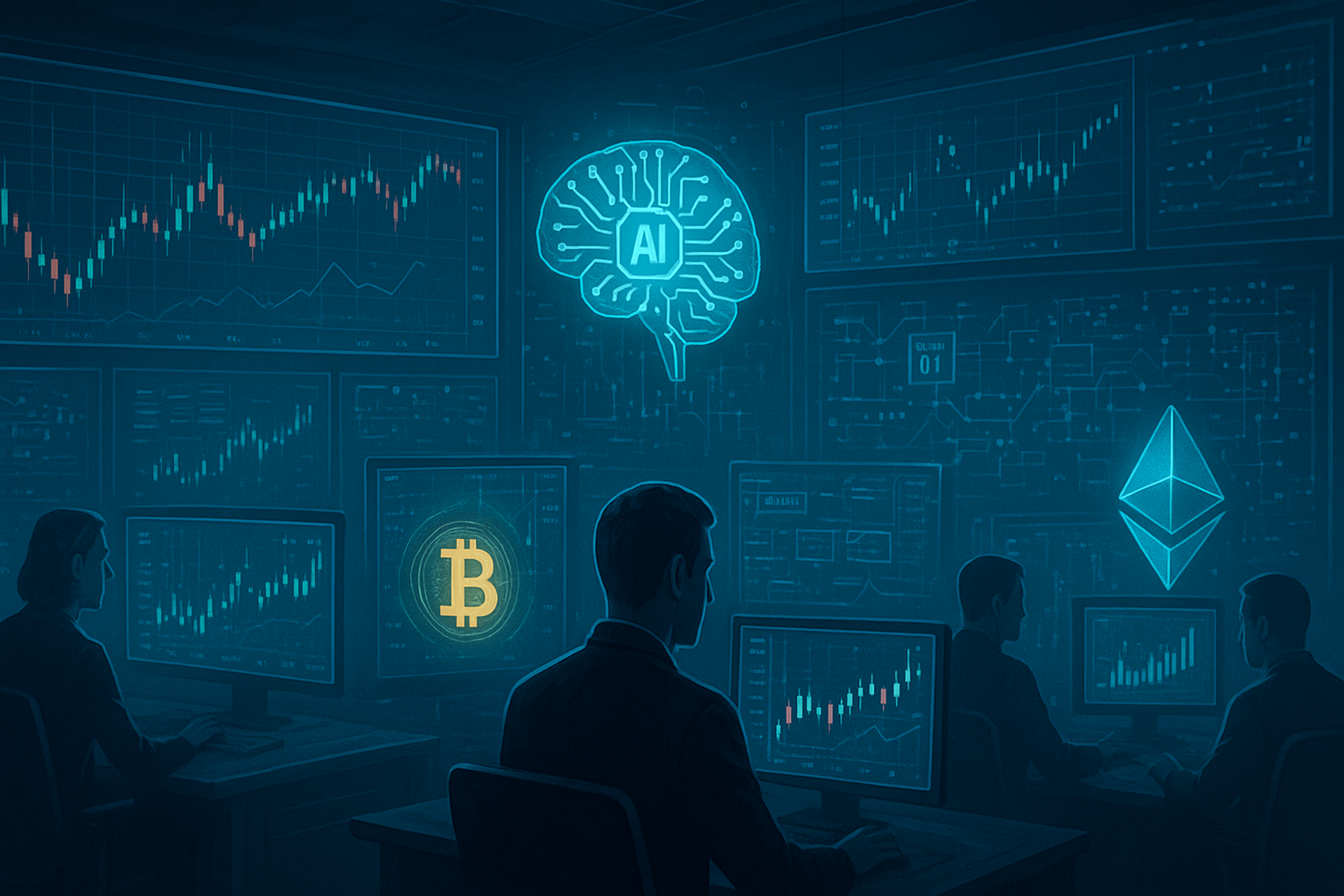


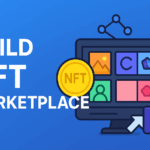




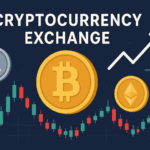

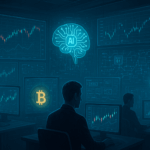
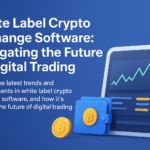

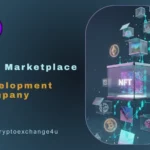
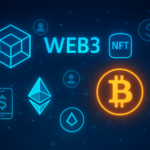

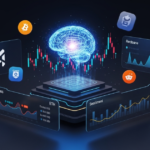




0 Comments